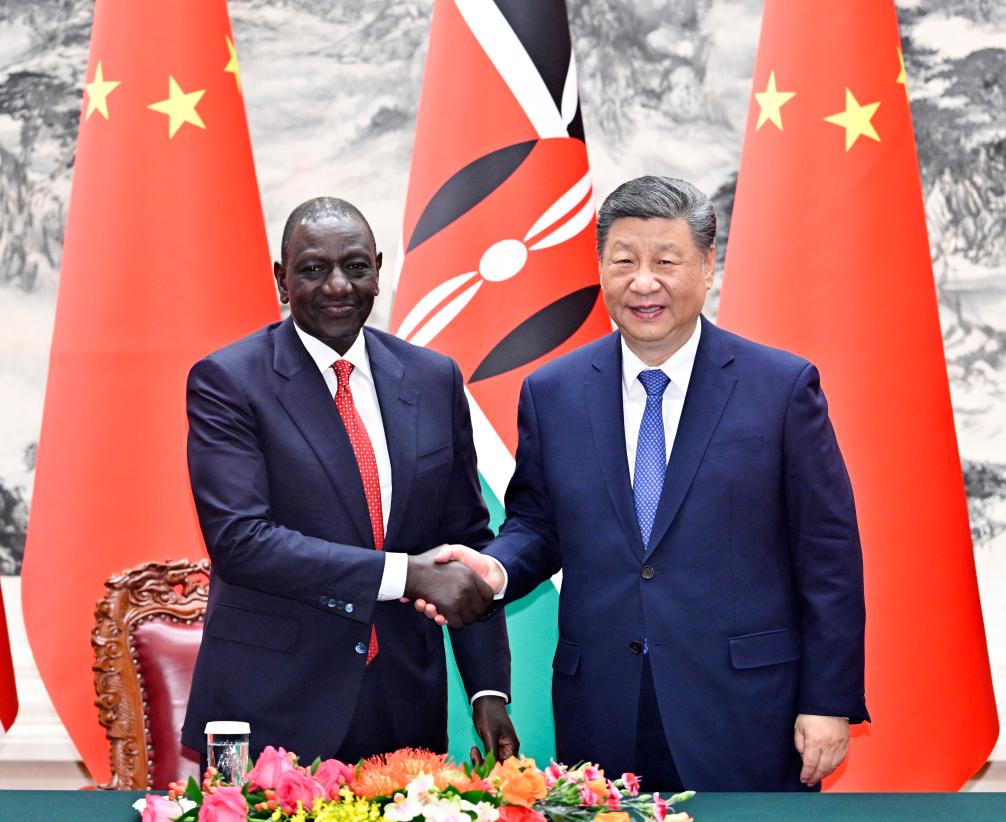
What Kenya Can Learn from China’s Economic Mastery » Capital News
By Stephen Ndegwa
In an age of policy whiplash and headline-driven markets, China’s economic story under President Xi Jinping and the Communist Party of China is a masterclass in steady, strategic statecraft. Over the past decade, Beijing has fused long-range planning, massive public investment, and tolerance for experimentation to engineer transformation at scale—lifting hundreds of millions from poverty while building industries and infrastructure that anchor a modern, consumption-driven economy.
For Kenya, still wrestling with turning Vision 2030 into lived reality across counties, China’s playbook offers practical, transferrable lessons. First is predictability. China’s annual growth rates over the last decade reflect both shocks and resilience, underpinned by five-year plans, industrial roadmaps, and state-directed finance that give investors, local governments, and firms a common script. Growth that is steady and deliberate is no accident—it is designed.
Second, China invests where transformation happens. In green industries alone, the country poured over USD 625 billion into clean energy in 2024, according to the International Energy Agency. That kind of scale has reshaped global supply chains, created clusters of jobs and suppliers, and produced exportable technologies. Kenya, with its solar and wind resources, can emulate this by aligning industrial policy, finance, and skills training.
Third, infrastructure in China is more than transport—it is industrial policy. High-speed rail, ports, and digital corridors have shrunk distances and connected regional economies into functioning market systems. The result is scale: firms can tap into labour, suppliers, and consumers with efficiency. Kenya’s own flagship projects must move in this direction, prioritising catalytic infrastructure that unlocks enterprise clusters rather than prestige alone.
Fourth, China’s anti-poverty drive shows how inclusion can fuel growth. The World Bank credits targeted rural development, transfers, and job creation with driving down poverty in ways that expanded domestic demand and stabilised communities. Poverty reduction was not a by-product—it was strategy. Kenya can achieve the same by embedding inclusion into Vision 2030 through skills training, micro-finance, housing, and rural investments.
By contrast, the United States illustrates the hazards of policy volatility. Election-driven swings in fiscal, trade, and regulatory policy complicate long-term planning for firms and governments. Kenya must avoid this stop-start trap by treating Vision 2030 as more than paperwork. Multi-year budgets, accountable county coordination, and pilot projects that scale only after proven success are the hallmarks of a discipline Kenya can adopt.
China’s record is not merely one of scale but of consistency, finance, and public–private coordination. For Kenya, the lesson is simple: ambition matters, but discipline matters more. Predictable policy, catalytic investment, and inclusive growth can turn Vision 2030 from aspiration into Kenya’s next chapter of transformation.